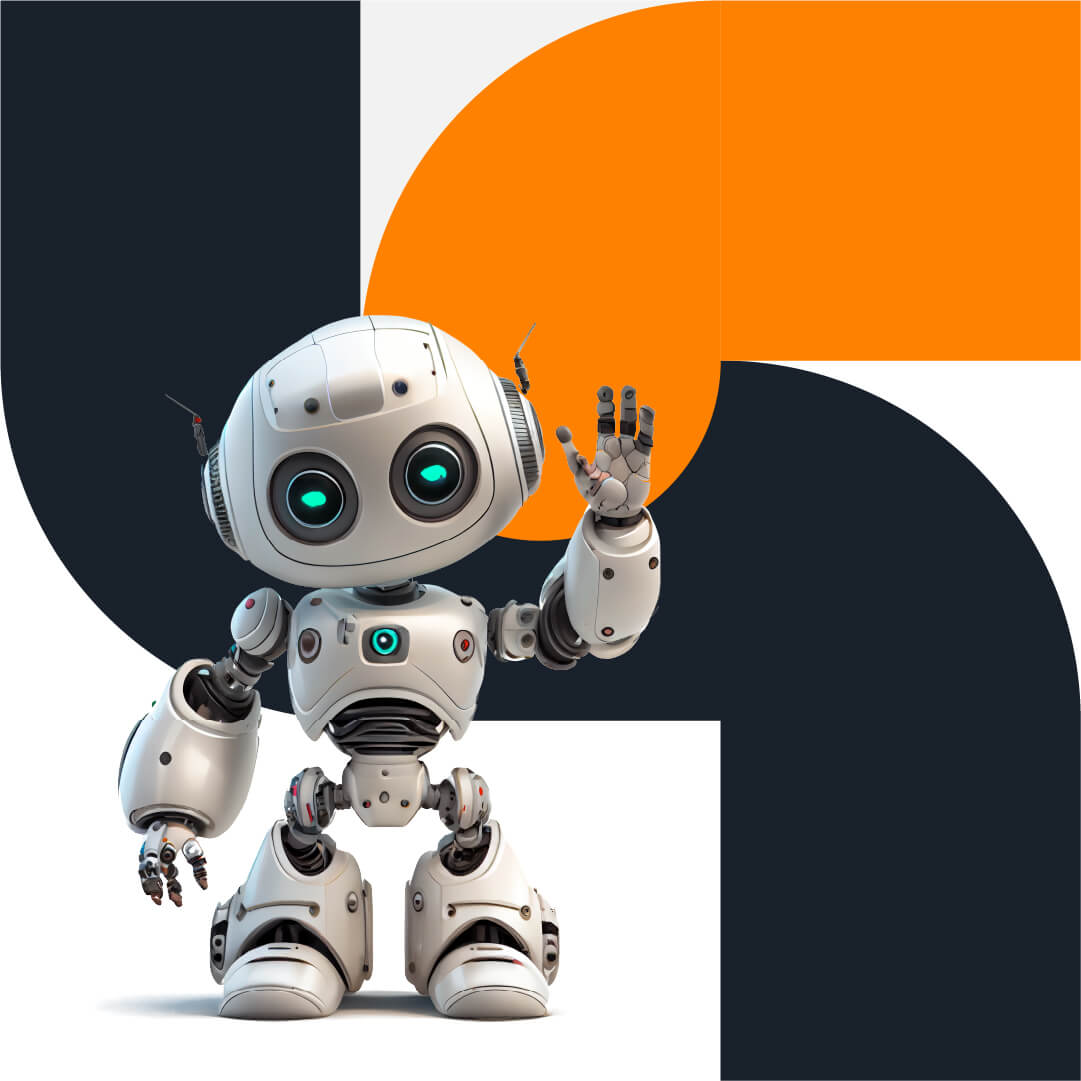In today's fast-paced digital landscape, user-centred design (UCD) has emerged as a guiding principle for creating successful products and services. It's a philosophy that puts the needs and preferences of users at the forefront of the design process. By aligning design decisions with user expectations and behaviour, UCD not only leads to more user-friendly solutions but also drives business success. In this blog post, we'll delve into the essence of user-centred design, its core principles, and how it can transform your design process.
Understanding User-Centred Design
User-centred design is an iterative design process that places users at the centre of product development. It's a holistic approach that seeks to understand users' goals, needs, and pain points, and then designs solutions tailored to meet those requirements. UCD encompasses a series of stages, including research, prototyping, testing, and refinement, all aimed at delivering a product or service that resonates with users.
Key Principles of User-Centred Design
Empathy
The Foundation of UCD Empathy is the cornerstone of user-centred design. To create products that resonate with users, designers must step into their shoes. This means actively listening to users, conducting user research, and seeking to understand their needs, desires, and frustrations. By empathising with users, designers can develop a deeper appreciation for their perspectives, ultimately leading to more effective solutions.
User Research
The Starting Point User research involves gathering data about your target audience through methods like surveys, interviews, and observations. It helps designers uncover user preferences, pain points, and behaviors. Armed with this information, designers can make informed decisions throughout the design process, ensuring that the end product caters to user needs.
Iteration
Continuous Improvement UCD is an iterative process. Designers create prototypes and test them with real users to gather feedback. This feedback is then used to refine the design, and the cycle continues. Iteration allows for incremental improvements and ensures that the final product aligns with user expectations.
Usability
Prioritising User-Friendliness A user-centred design prioritises usability. This means creating products that are intuitive and easy to use. User interfaces should be clear, and interactions should be straightforward. By reducing friction and cognitive load, designers can enhance the user experience.
Accessibility
Inclusive Design User-centred design is inherently inclusive. Designers should consider diverse user needs, including those with disabilities. Building accessible products not only helps a wider audience but also fosters goodwill and compliance with legal requirements.
Collaboration
A Multidisciplinary Approach UCD encourages collaboration among designers, developers, marketers, and other stakeholders. Cross-functional teams bring diverse perspectives to the table and ensure that the final product is well-rounded and meets both user and business goals.
Benefits of User-Centred Design
Improved User Satisfaction
By catering to user needs, UCD results in products that users find more satisfying and enjoyable to use.
Reduced Development Costs
Iterative design and testing can catch issues early in the development process, saving time and resources.
Increased User Loyalty
Users are more likely to become loyal customers when they feel that a product aligns with their needs and preferences.
Competitive Advantage
UCD sets businesses apart by offering superior user experiences, leading to increased market share and brand reputation.
Conclusion
User-centred design is more than just a design approach; it's a mindset that puts users at the forefront of the creative process. By embracing empathy, research, iteration, usability, and inclusivity, designers can create products and services that not only meet user needs but also drive business success. In a world where user experience is a key differentiator, UCD is an invaluable tool for any organisation striving to create meaningful and user-friendly solutions.



